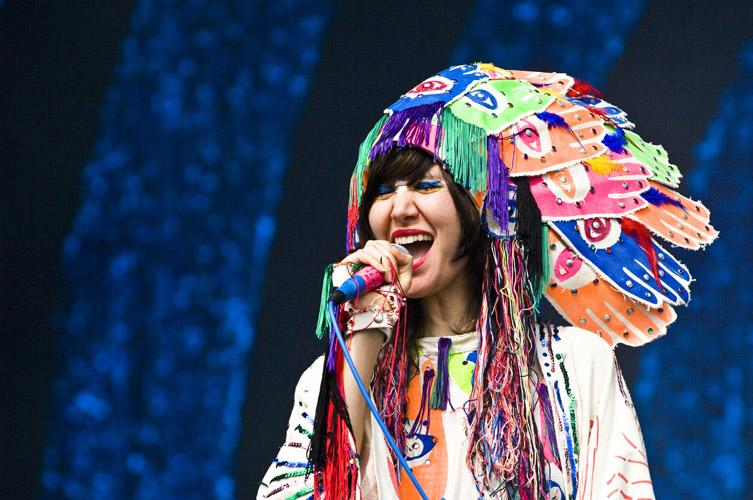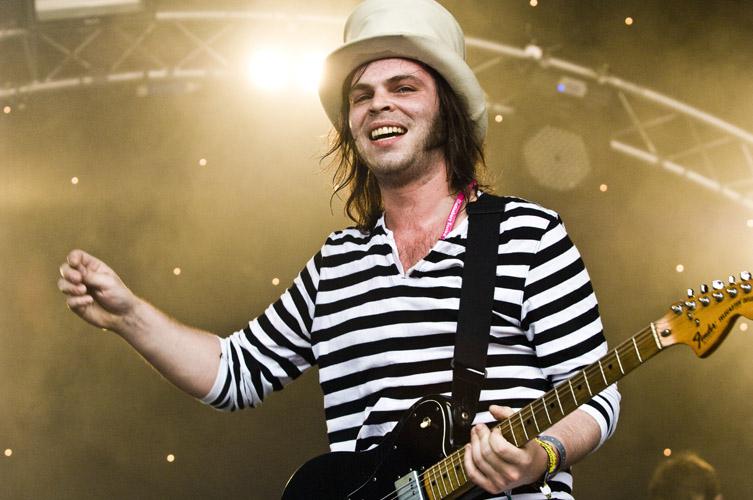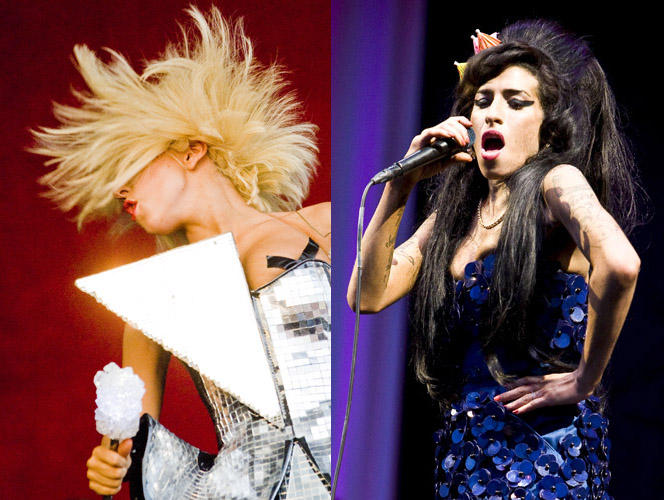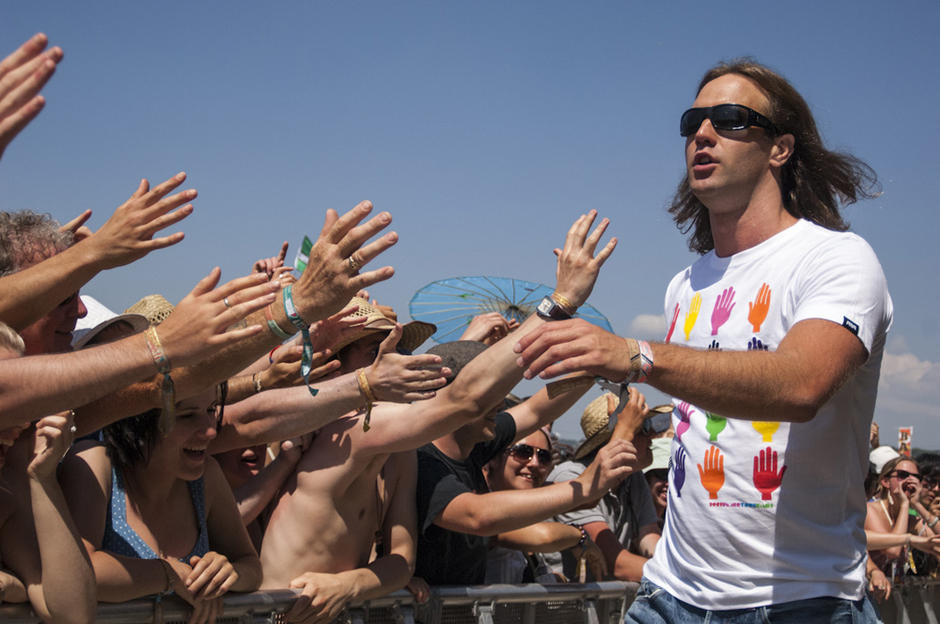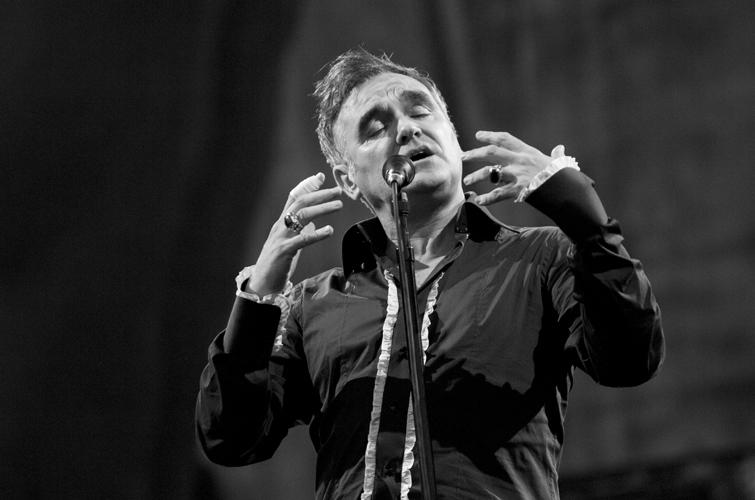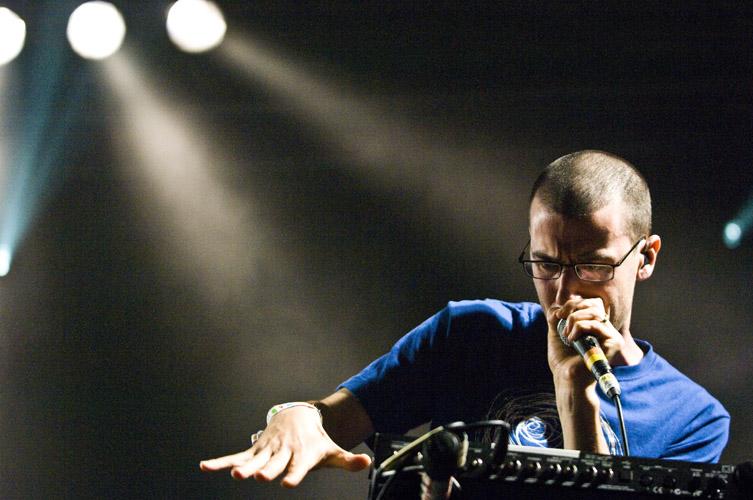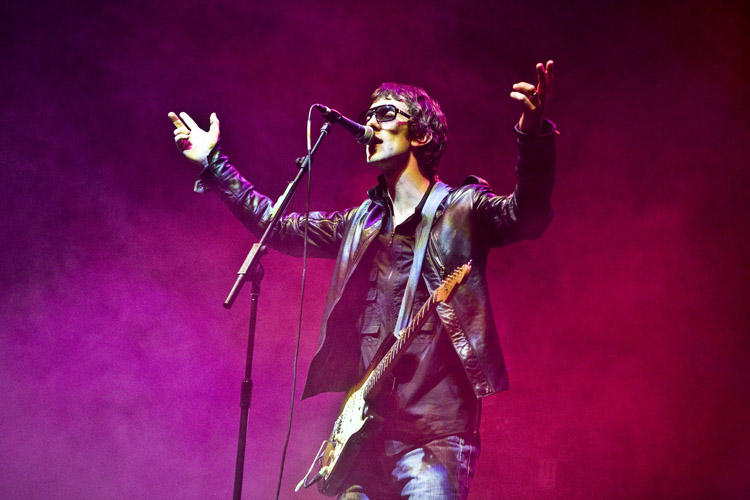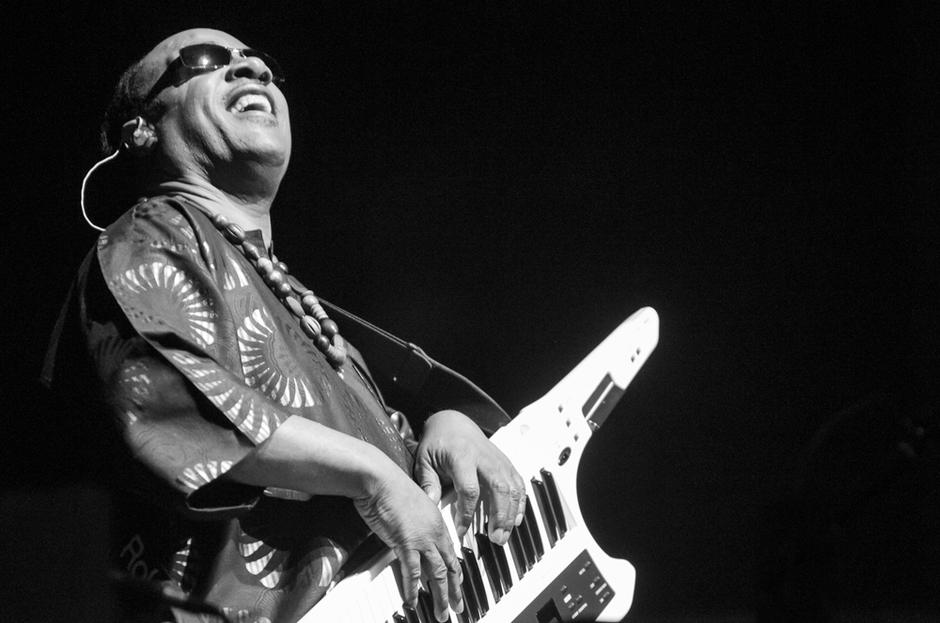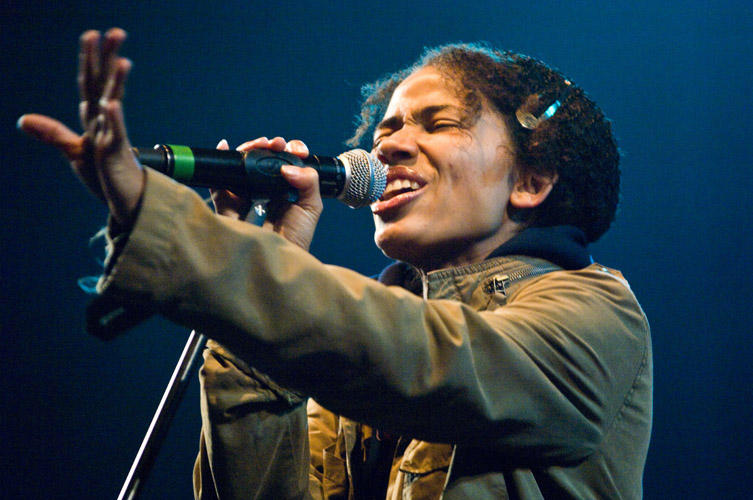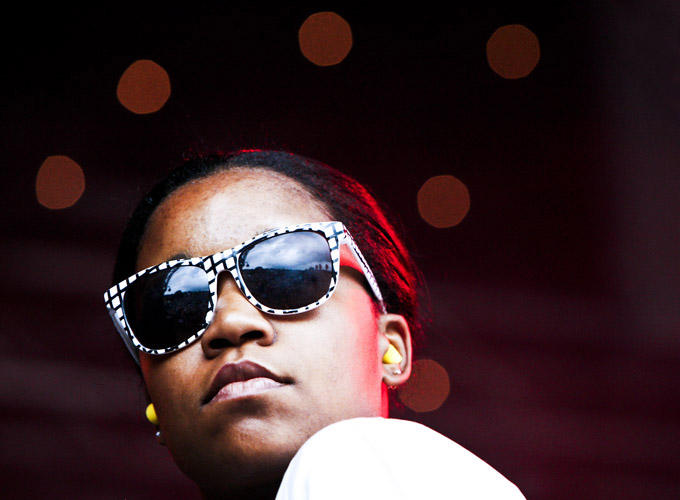Taking photos at live concerts can be tricky and frustrating, and the results are often disappointing. Here Francesca Moore, top music photographer and the Expert Judge in our Music contest, shares her wisdom of how to take great gig photos.
1. Try and get press access.
Shooting gigs is a thousand times easier if you can get press access to the gig. Shooting in the pit allows you to get closer, move around easily, and not be pushed around as you’re shooting.
To get access, start local. Find a smaller venue that's hosting some up-and-coming bands and contact them directly. You'll often find they'll appreciate the coverage, and it's a great way to build up your portfolio for then getting into the bigger venues.
2. Do your own thing.
I’ve often got some of my best shots by not following all the other photographers in the pit, and finding a unique point of view. Before the act comes on, work out your best shooting angles, and note any ugly obstructions or distractions.
And if you know something beforehand about the act that you’re shooting, you can try and capture something that epitomises them.
3. Be prepared.
You never know what can happen in a gig, and for bigger gigs you often only get the first three songs to shoot from the pit, so you need to be ready from the off.
During last minute soundchecks take the time to check your exposure and make sure you’ve got enough film or space on the card for the upcoming act. When they come on, the lights will inevitably change, but at least you know how you’re set up so you can adjust quickly.
4. Use the right kit.
I’ll often have two cameras with me. One has a shorter lens – 35mm or 50mm, depending on how large the venue is. The other has my 80-200mm zoom.
If it’s a big stage then the 35mm will show too much and you’ll get unattractive stage furniture in the shot. But for a smaller venue it’s perfect. The 80-200mm is more useful for bigger venues, or if you want shots from further away in a smaller venue.
If I’m only taking one camera, I’ll go with just the short lens - this way you won’t miss the action at the front of the stage.
5. Never use a flash.
You’ll kill the atmosphere, and it’s just bad practice. You want to be unobtrusive to the act too.
6. Handheld or monopod?
I always shoot handheld, and I’d recommend this approach. You do sometimes see guys with monopods at gigs, but personally I find them restrictive as they fix your camera at a certain height as the performer moves around the stage. If you need your camera to be higher then you find yourself lifting a monopod as well as the camera, which is not good.
Keeping the camera as still as possible when shooting is something you achieve through practice, the right settings and good handheld technique. And if there’s a speaker or the stage for you to lean against, this can help too.
7. Know your settings.
Shooting a fast-moving subject in low light with fast changing stage lights is the biggest hurdle to overcome. You need to work with the available light to get your best shots - be aware of how it’s changing and pay attention to how you can optimise this and expose accordingly.
You need a really fast film or high digital ISO, up to 3200 in dark venues, and the lens wide open at something like f2.8, if you can get your subject sharp with this.
I’m usually shooting in Aperture Priority mode, so the aperture stays fixed and the shutter speed will flit around a bit. I know some photographers that like to have a fixed shutter speed though, so they use Shutter Priority mode.
I’ll look at the histogram to see whether the exposure is OK. If I’m consistently over- or underexposed then I’ll use some exposure compensation. You should never be afraid to change settings during the gig. If you’re not getting what you need, it’s better to miss a few moments doing this than miss them all.
8. Manual or autofocus?
This choice depends on how much light is available, how much the act is moving around, and how good your lens is.
When there’s a lot of light I’ll often use autofocus, especially if the subject is not moving too much. But in low light even the best lenses can struggle to fix autofocus. If this is causing you to miss shots then it’s best to switch to manual focus.
If the musician’s running around a lot, you’ll also find it much easier to track them using manual focus. The slight delay with autofocus can cause you to miss the shot.
9. A bit of movement can be a good thing.
I’ll check on the screen during the gig and make sure I’m gettingg sharpness in the images where I need it, but you don’t always need everything to be sharp. Movement adds atmosphere, as long as it’s the act that’s moving. A hand thrashing a guitar, a crowd surfer, or a slight movement of the violin bow for example – but not so it looks like you’ve downed a few pints before wielding the camera!
10. Seek inspiration from others.
In the early days I was inspired by the music photography of old gig posters and magazine articles that would embrace the feeling of being there. There are some great examples of Keith Morris’s work here. Find what inspires you, and work with it.
11. Edit well.
When you’re reviewing your shots be strict with your edit, as you’ll always have more material than you need. If you’re thinking ‘I like this, but…’ then it’s probably one you can learn from. Take care to note what’s working and what’s not for next time you shoot.
And most important of all, have fun!
To check out more of Francesca’s stunning music portfolio visit her website.
Enter Photocrowd's 'Music' competition to get a chance of winning great prizes from a high-end London print lab theprintspace.
To sign up to Photocrowd and be notified of more great blog posts like this, you can register for free here. (And we promise not to give anyone else your details.)
